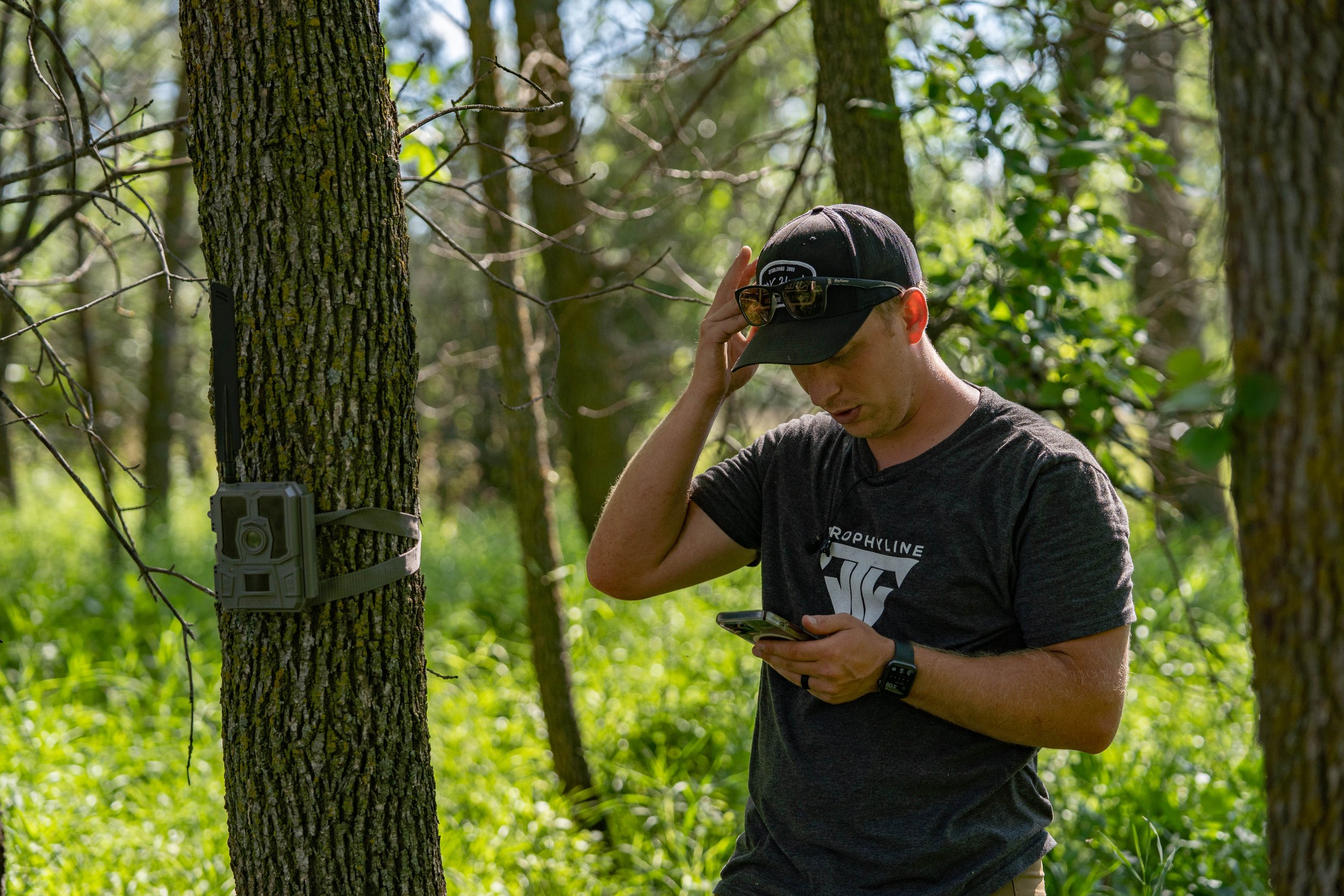By Alex Comstock
Ground blinds and treestands are a different world when it comes to deer hunting. If you are mainly a treestand hunter (like me) it can be difficult adjusting to a ground blind so that you are hunting and using it effectively. There are things you need to worry about when using a blind that you would never have to think of when using a treestand.
When hunting from the ground, you need to be cognoscente of the fact that you are hunting at eye level from that of a deer. A tiny twitch of movement will go a long ways, and there is no such thing as your scent blowing over top the deer. A well placed and thought out attack from a ground blind, and the way in which you hunt out of it will determine your success rate when using them. I've been busted too many times to count while using a blind, and in the process I have learned a lot on how to use them more effectively. Do these three things right and your chances of not screwing up that next encounter with a big mature buck will go way up.
1. Proper Setup: The first thing you need to do when setting up a ground blind is look at the surroundings of the area you are placing a blind. Are you in CRP, cattails, on a field edge, etc. and then you need to blend it in with the surroundings. I like the pop up blinds that have the tabs where you can stuff branches, grass, or anything like that. If you don't have a blind of that nature, propping sticks up against the blind can work, but your best friend will be zip ties. You can use zip ties to fasten materials around the seams of the windows and also connect branches and what not. The most important thing when it's all said and done is to blend it in with its surroundings so that when you are sitting in it, deer don't take notice to it. I like to get my blinds out at least a week before I'm going to be hunting out them, earlier than that is preferred, and I always leave the windows open that I will have open when hunting. Deer will notice if you have a blind that has been sitting in an area for two weeks, all closed up, and then suddenly one day there is a bunch of black holes from you opening the windows.
2. Shot Distance: What I like to do when setting up my ground blinds, is to have them situated in a spot where I feel my shot will be around 30 yards. I don't like having really close encounters, because your more apt to get busted. The closer a deer is to you, the less you will be able to move, and quite frankly it can be tough to successfully draw your bow back and get a shot off. Having that deer out there just a little bit, but still close enough for an effective shot will help aid in your ability to draw your bow without needing to worry.
3. Executing the Hunt: There a few things you can do to help execute a successful hunt. First off, practice proper scent control. One thing that I like to do, is make sure that all windows on my downwind side are closed to help keep my scent contained within the blind. This won't stop all of your scent from escaping, but it can help greatly. Wearing the right clothing can help tremendously as well. I like to wear darker tones of camouflage, or even black as my exterior color to help blend in with the interior of the blind and have a lesser chance of deer picking me off.
The last piece of the puzzle is being able to successfully draw your bow and get a shot off unnoticed. In a perfect world, I like to have a window open where I can see a deer approach and then have that deer pass by a closed window as he makes his way into my shooting window. While he is behind the closed window, that is when I will draw my bow, and when he emerges into my shooting window, I will be waiting for him. During the moment of truth, it can be easy to get caught up in the moment. Slow everything down, and before you release that arrow, make sure the end of your arrow is above the bottom of the shooting window. The last thing you want is for your broadhead to catch a part of the blind and have your shot go haywire.
It might seem like a lot of "stuff" for a simple ground blind. Yet, all of it is truly important. The better your ground blind setup is, and the way in which you hunt out of it will dictate whether your next hunt is successful or a bust.































